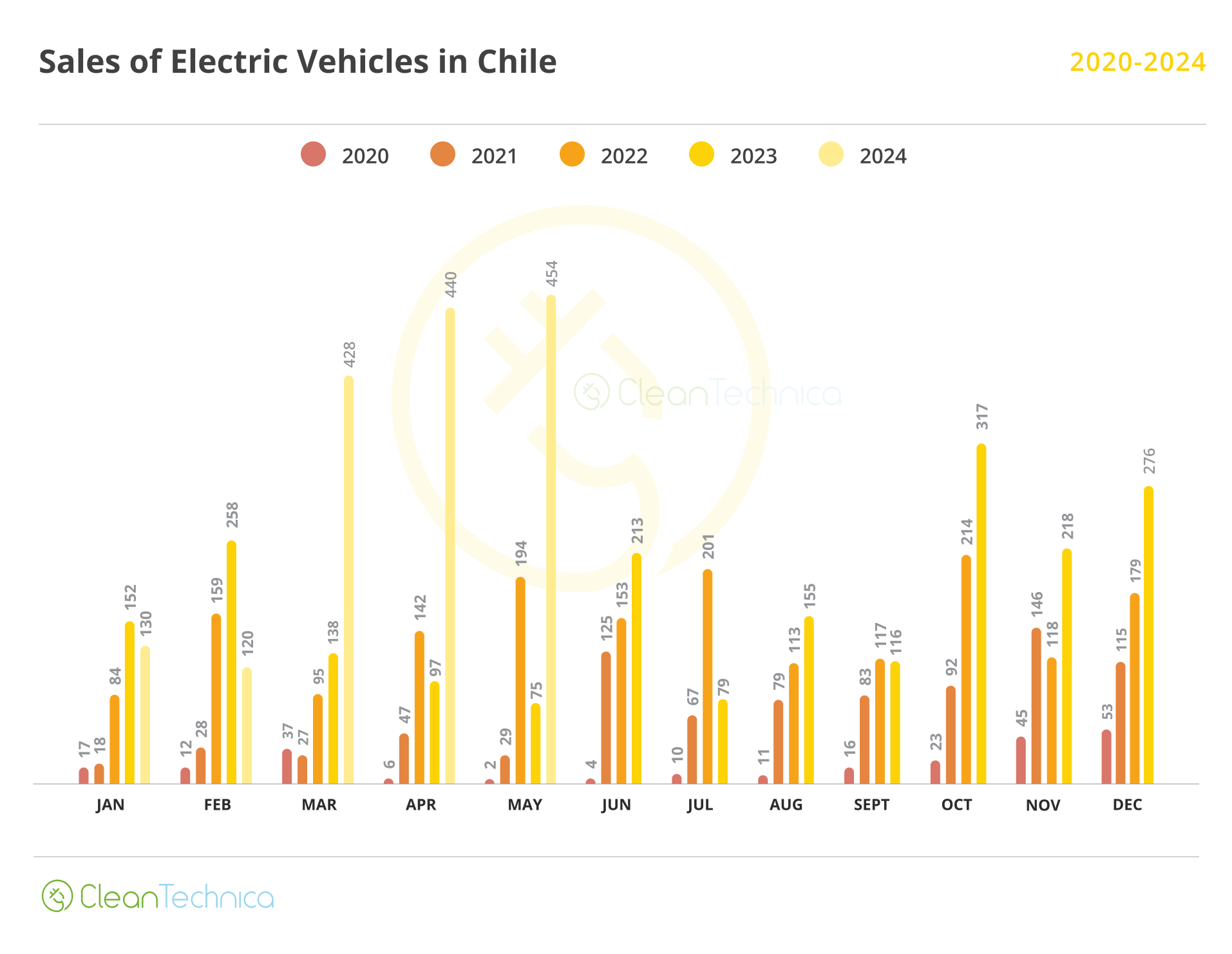Sign up for daily news updates from CleanTechnica on email. Or follow us on Google News!
Starting in February 2027, all new traction batteries, two-wheeled vehicle batteries, and industrial batteries with a capacity of over 2 kWh that are marketed in the EU will require a digital battery passport. The purpose is to ensure transparency and sustainability in the battery value chain, reduce environmental impacts, and encourage the secondary use of batteries. The Battery Pass Consortium, with the participation of the Fraunhofer Institute for Production Systems and Design Technology IPK, is developing frameworks and recommendations in terms of content and technology for implementing the passport. Researchers from Fraunhofer IPK are responsible for the design and implementation of the technical standards. From April 22 to 26, 2024, they will be at the Hannover Messe (Hall 2, Booth B24) presenting a draft technical reference standard designed to enable battery passports — and all types of digital product passports — to be implemented in a way that is scalable and interoperable.
Batteries are key to the transition to climate-friendly mobility and the widespread use of renewable energies. As crucial components of electric vehicles, they need to be produced and used sustainably and reincorporated into the material cycle easily. It is important to prolong the life cycle of the entire battery system as much as possible and to recycle the raw resources, materials and components after they are first used. Transparent supply chains also need to be formed, from the raw materials all the way to the assembly of batteries. In the future, manufacturers will need to document all emissions resulting from the manufacture, use and disposal of their products. To support these ambitions, the new EU Batteries Act will require a digital passport for all traction batteries, two-wheeled vehicle batteries and industrial batteries with a capacity of over 2 kWh from February 2027. This will also affect LMT (light means of transport) batteries built into electric bicycles and electric scooters.
Transparency around the electric car battery
The purpose of the battery passport is to support seamless documentation of a battery’s life, from raw material extraction and production to use, reuse and recycling. It holds a record of a battery’s origin and logs the relevant uses. To this end, it documents data that comprehensively describes the sustainability and responsibility of the supply chain, such as data on the carbon footprint, the working conditions for raw material extraction, battery materials and components, hazardous substances contained, resource efficiency, performance and service life, battery status, and other data including information on recyclability and repair as well as how to implement these steps. Disassembly instructions contained in the battery passport help to facilitate the secondary use of as many of the battery’s components as possible.
“The battery passport provides a digital record of all of the socially, ecologically and economically relevant information on a battery’s life cycle. By providing verified and verifiable information, it can create transparency, support second-life uses or optimize processing by recycling providers. This supports the development of sustainable business models along the battery value chain while complying with relevant sustainability and ethical criteria. The aim is to reduce child labor and pollution in countries where the raw materials are produced and keep track of the export of old batteries, for example,” says Prof. Thomas Knothe, a scientist at Fraunhofer IPK, which is a member of the project consortium (see box) and which draws up the technical standards that are relevant to industry and transforms them into European standards. To enable battery manufacturers and importers to present the battery passport in 2027, all of the necessary groundwork, technical specifications and test systems must be completed by the end of 2025.
Decentralized data
The battery passport takes the form of a software system where all data is stored in distributed data spaces and responsibility for the data is decentralized. Certain functions, such as the central registration of passports and a so-called Data Portal, which will provide an aggregated view of a majority of battery passports, will be the responsibility of the European Commission. Some data elements will only be made available to national authorities’ data systems for purposes such as market conformity checks. The manufacturer will be responsible for managing the rest of the data. Any changes to the battery data will need to be updated in the passport. Each manufacturer must appoint a third-party provider to ensure that there is a backup of the data in the event of insolvency. The necessary interfaces, access rights and functions will need to be implemented in the software system. To ensure that this happens, there are numerous questions being addressed in the Battery Pass Consortium: What battery data will be required? Who should store them, how, when and where? Who will be able to access the data and how? How will access to the data be kept secure? How can solutions incorporate existing systems but also new ones? The Battery Pass Consortium is proposing existing technical standards as well as standards that are still to be developed and is illustrating the integrative application of those standards using a software demonstrator. “One of the challenges of putting the specifications into practice is interoperability,” explains Knothe. For example, the software system needs to support as many different data carriers as possible, which supply information to the product in a way that is similar to a barcode or QR code. The same applies to unique identifiers, which are like ID numbers assigned uniquely to a product. As well as this, the system also needs to be able to represent the rules in different countries and be compatible with a range of data management technologies and platforms. The data requirements of different sectors also need to be considered as the battery passport will also be used as a basis for other passports. “A system like this is too complex to be driven by a single company or even a consortium. That’s why we’ve included a large community of partners and supporters in the project activities from an early stage. That also gives the system the momentum it needs to gain wider acceptance in practice,” says Knothe.
Battery passport paving the way for other product passports
The battery passport is the first digital product passport to be introduced at European level. It will serve as a pilot — other passports for products such as textiles, electronics and building materials are currently in the planning stage to ensure the exchange of data in supply and value chains and compliance with environmental and social standards. “This is rightly considered to be an important pilot for digital product passports more generally, which will be extended to other sectors in the future and become increasingly important,” says the researcher.
From April 22 to 26, 2024, the Fraunhofer IPK researchers, together with the project partners, will be at the joint Fraunhofer booth at the Hannover Messe (Hall 2, Booth B24), depicting the ecosystem of a battery with the help of a demonstrator and presenting a value stream scenario for the manufacture and use of batteries for electric cars. Another demonstrator will be showing how the necessary data is aggregated in the battery passport.
Press release from Fraunhofer Institute.
Have a tip for CleanTechnica? Want to advertise? Want to suggest a guest for our CleanTech Talk podcast? Contact us here.
Latest CleanTechnica TV Video
CleanTechnica uses affiliate links. See our policy here.





